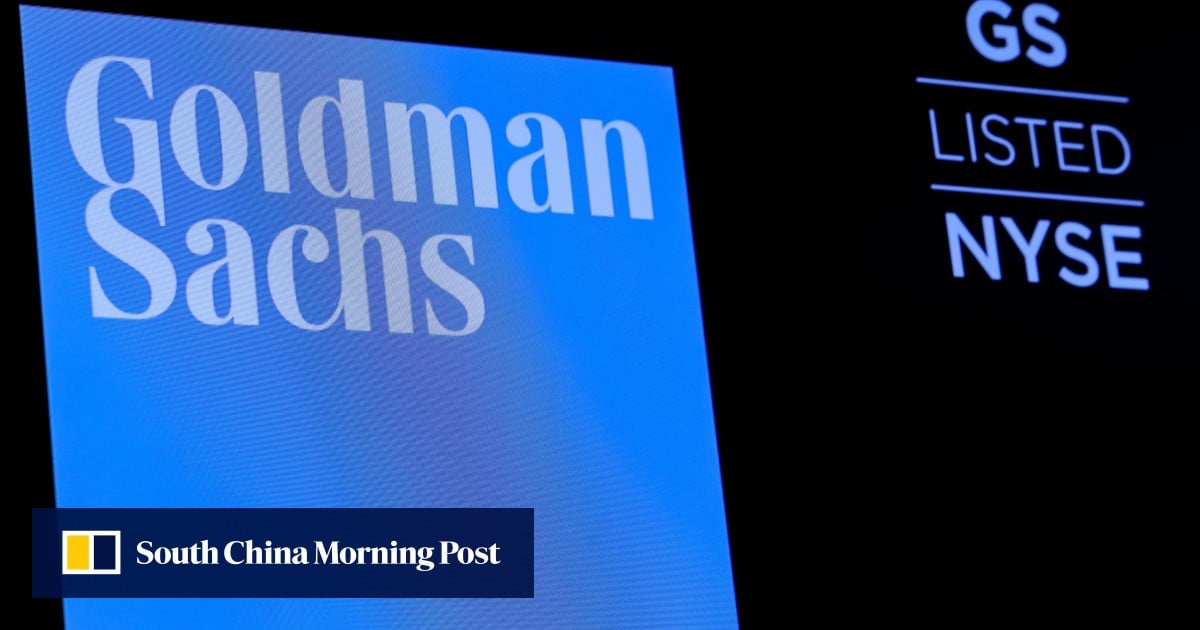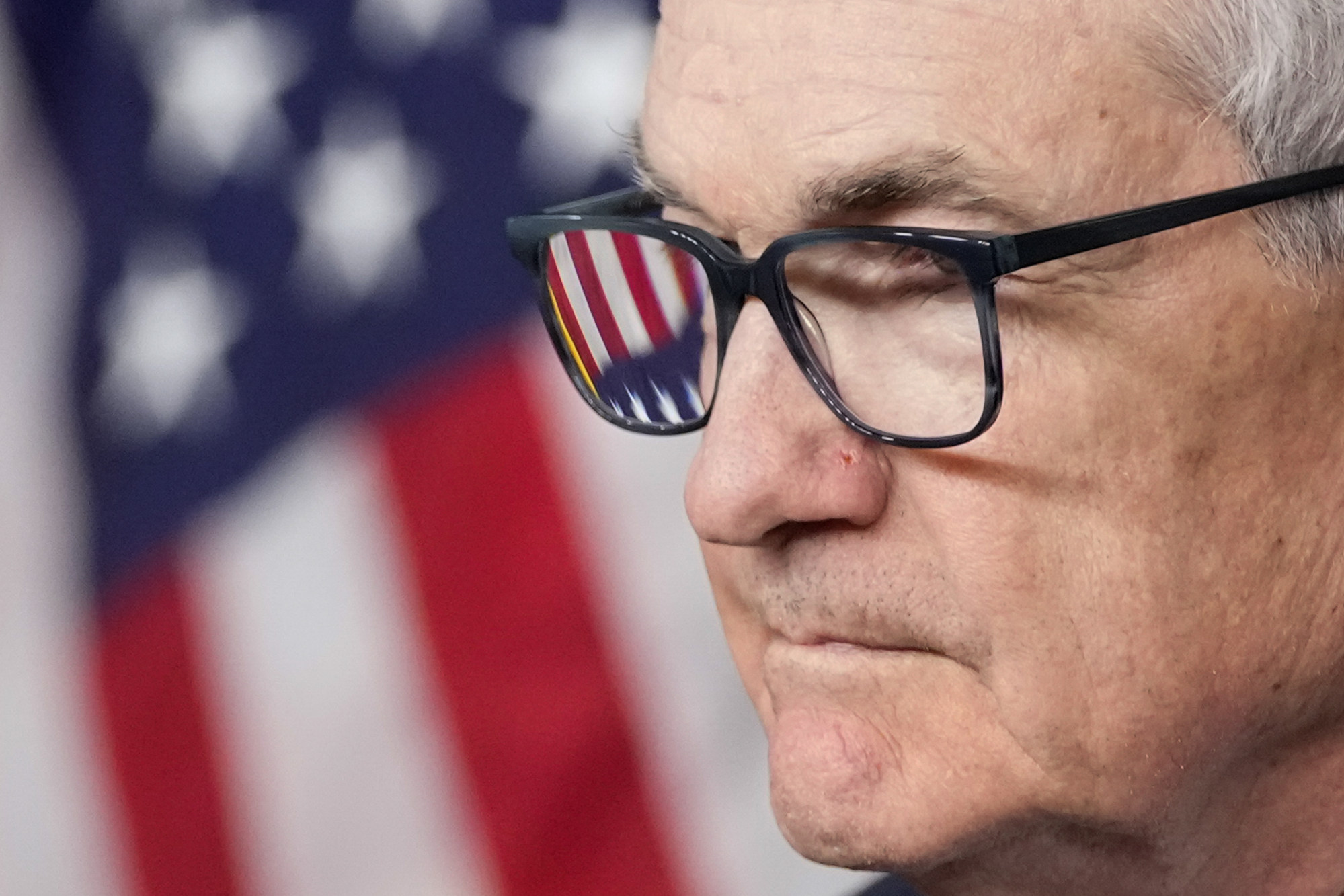
23 Jan Goldman’s Joshua Schiffrin sees 4 Federal Reserve rate cuts and US inflation at 2% in 2024
The Federal Reserve will lower interest rates starting in March for a total of four times this year and inflation will hit the central bank’s 2 per cent target, according to Joshua Schiffrin, Goldman Sachs’ global head of trading strategy.
The executive, who last year correctly predicted a soft landing in the US economy, expects the Fed’s counterparts in Europe and the UK to follow suit. The Bank of Japan, however, will buck the trend, raising rates in April, Schiffrin said in his list of 10 predictions for 2024.
While risky assets will deliver gains broadly this year, Schiffrin warns the first half will be tough to navigate as markets gyrate on bets over the timing and pace of Fed rate cuts. He advises investors to look for opportunities in emerging markets such as Turkey and touts Chinese stocks as a contrarian buy after the local benchmark hit pandemic lows.
“The first half of 2024 will be a different kind of year than the past four with choppy rangebound markets and no giant trends,” Schiffrin said in a note to clients. “The central banks ease will dominate the storylines but that may be hard to trade given how much is priced.”

Bond traders have pared back their expectations for rate cuts amid a slew of better-than-expected economic data. Back in December, a March rate reduction was seen as a sure thing. Now, the implied probability has been reduced to around 40 per cent. For all of 2024, swaps point to a total of 135 basis points of interest-rate reductions, versus 100 basis points projected by Schiffrin.
Shipping disruptions at the Red Sea as a result of geopolitical tensions are unlikely to deter the broader downtrend in pricing pressures, according to the Goldman trader. Going forward, the Fed is likely to modify its inflation target to a range of 1.5 per cent to 2.5 per cent next year once the 2 per cent target is achieved, he said.
China’s premier Li Qiang orders measures to halt market rout
China’s premier Li Qiang orders measures to halt market rout
Fed chairman Jerome Powell and his colleagues, scheduled to convene next week on monetary policies, are expected to hold interest rates steady for the fourth straight meeting.
“I believe very much in a March cut,” Schiffrin said. “I think they recognise there are a lot of benefits to starting on the sooner side – they can then likely go gradually and speed up the pace of cutting if the economy really weakens, but such a plan would reduce the chance they get meaningfully behind the curve. And of course they can always stop the cuts at a still restrictive level.”
Schiffrin, who joined Goldman in 2001 and was named a partner in 2012, proved prescient for his soft-landing call issued a year ago. Back then, when investors and economists largely fretted over elevated inflation and a looming recession, he was more upbeat. In the end, the economy chugged along and the consumer price index fell from a 6.4 per cent annualised pace to 3.4 per cent.
China stocks rout exposes risk from US$30 billion of ‘snowball’ derivatives
China stocks rout exposes risk from US$30 billion of ‘snowball’ derivatives
Last January, he also called for the Bank of Japan to “eliminate” its policy to suppress long-term borrowing costs known as yield curve control. Nine months later, as rising US Treasury yields pulled global rates higher, the BOJ signalled it would let benchmark rates breach a threshold, though it retains a tight grip on yields.
Some of Schiffrin’s other 2023 projections fared worse, by his own admission. He underestimated the magnitude of the Fed’s rate hikes and misjudged the Bank of England as being the first major central bank to lower rates. His call for the Japanese yen to strengthen against the dollar misfired, too.
Going forward, Schiffrin expects the next 20-basis-point move in US yields to be on the way up rather than down given the steady growth trajectory. One of his out-of-consensus bets: long China.
“Chinese stocks will have a great year and surprise everyone. There is just so much bearishness there,” he wrote. “I would suggest doing this in options.”
